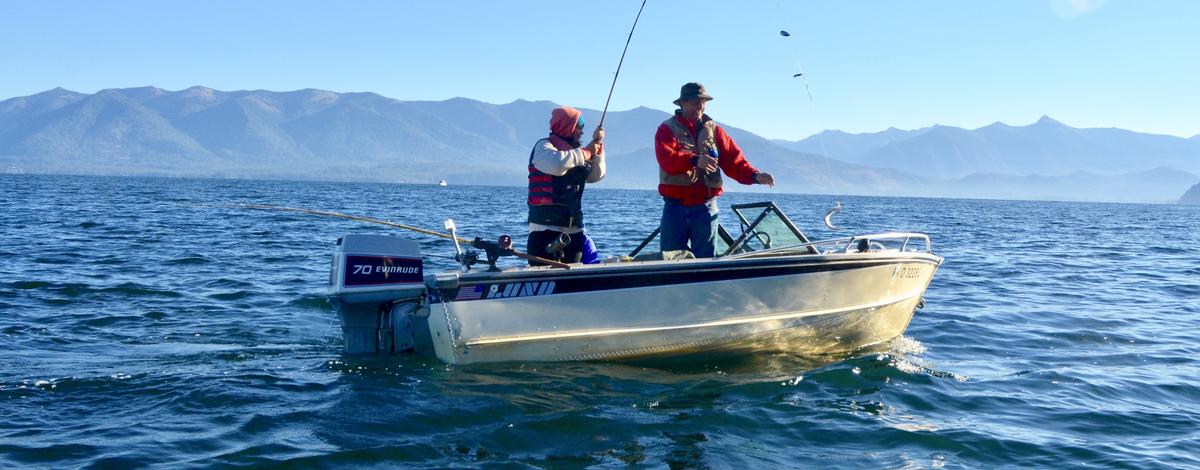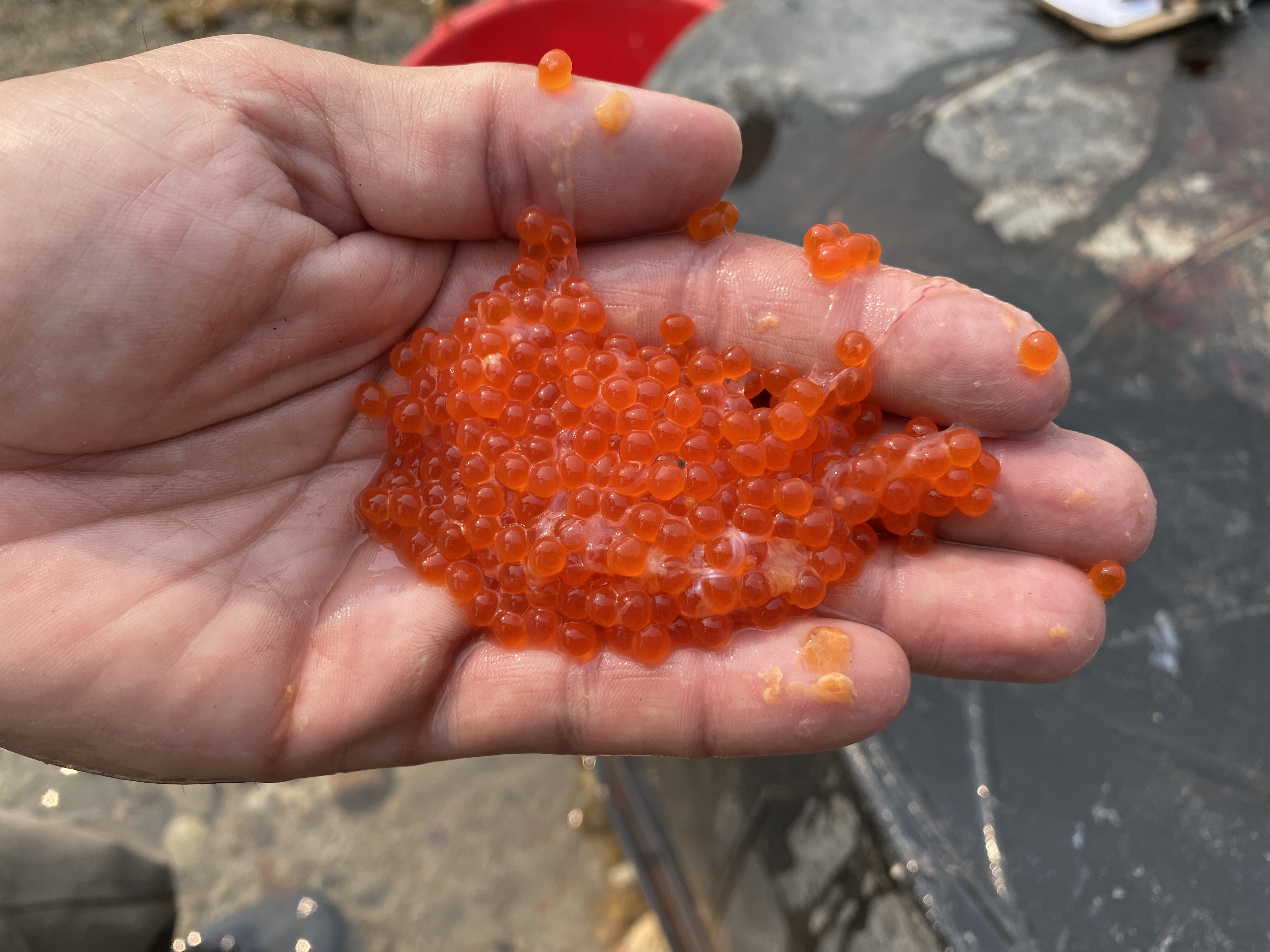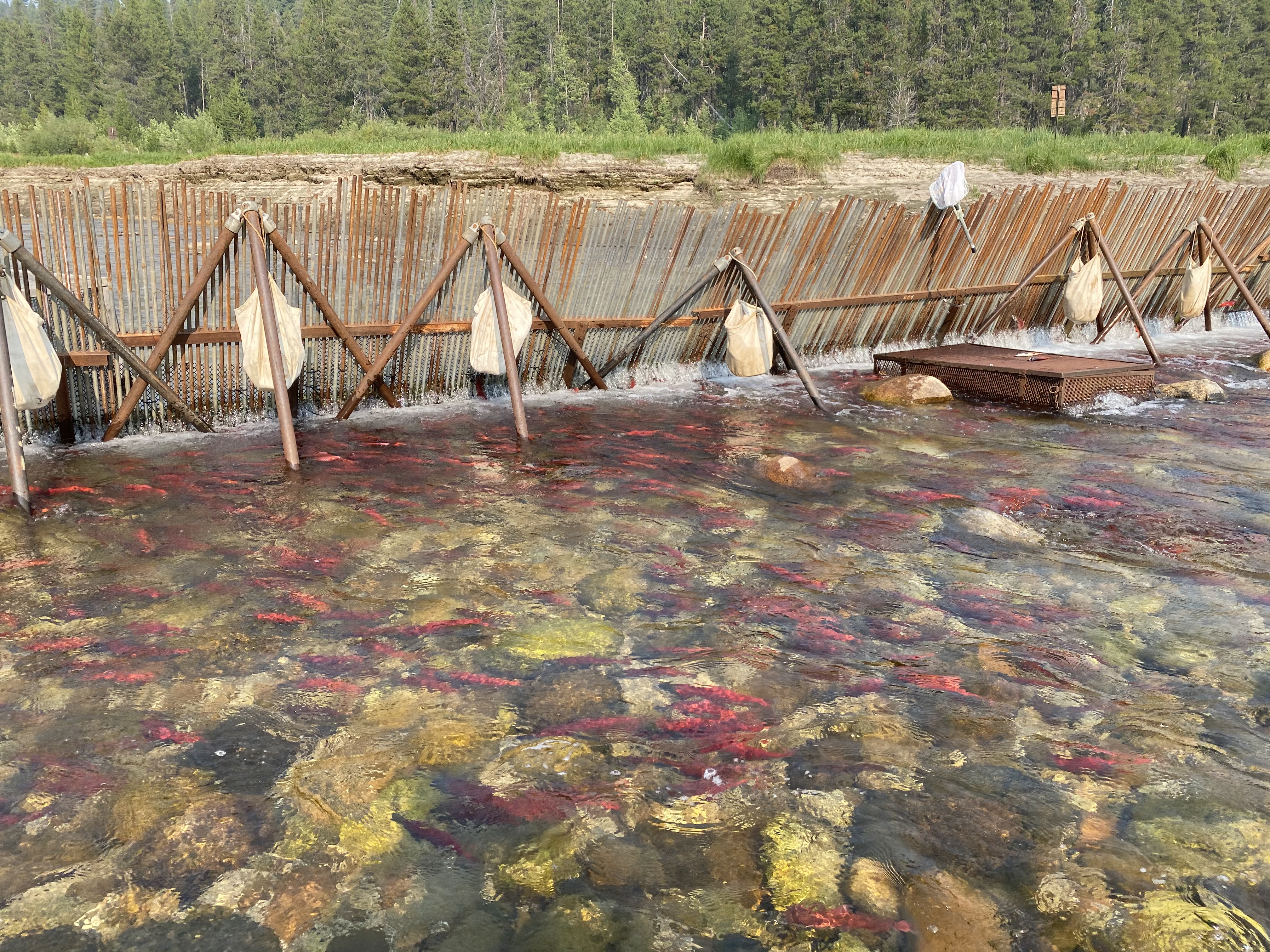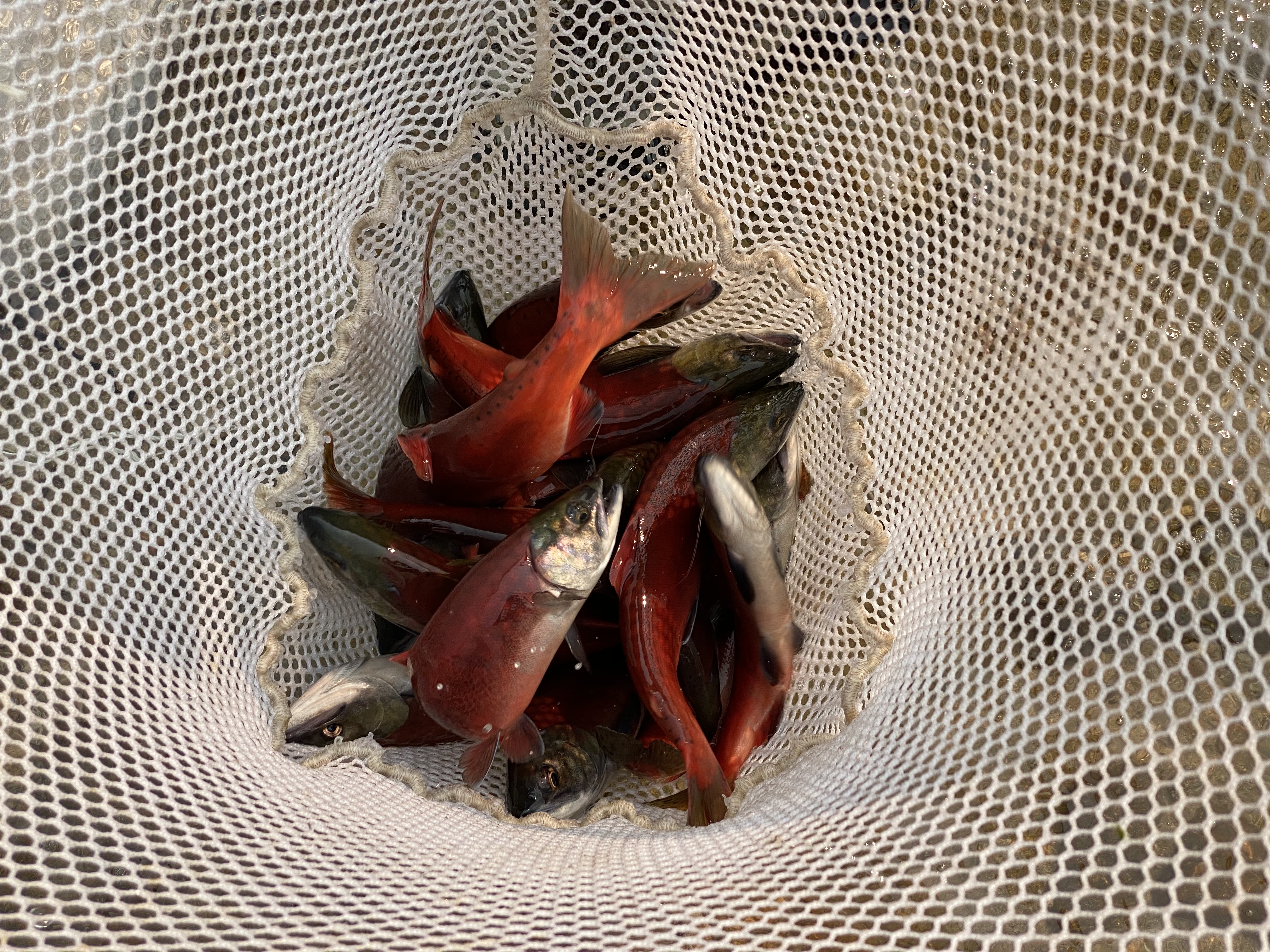Kokanee salmon are prized by Idaho anglers. In good years, stocking and management by Idaho Fish and Game, along with good environmental conditions, can create banner kokanee fishing. But within a few years, those same fisheries can turn belly up, which can be confusing – and frustrating – for anglers and fisheries managers because they value stable, reliable fishing.
There’s a fairly complex, but important, backstory that helps explain the wild swings in kokanee fishing. Fish and Game biologists are constantly working with anglers to provide good kokanee fishing within the limitations of the fish’s life cycle and environmental conditions that drive them.
“Idaho traditionally has good kokanee fishing, and we expect that to continue in the future,” said Joe Kozfkay, Fish and Game’s State Fish Manager. “But we’re also facing some challenges that we want anglers to understand so they have realistic expectations about what we can provide.”






